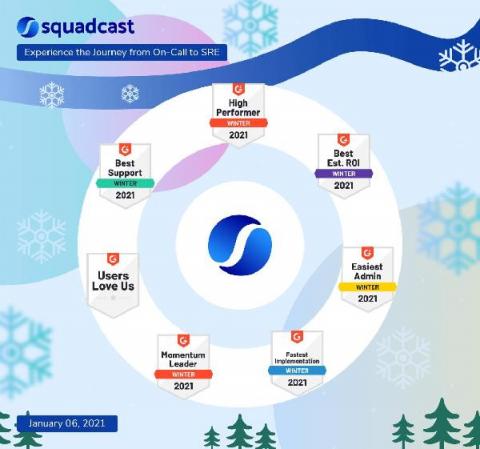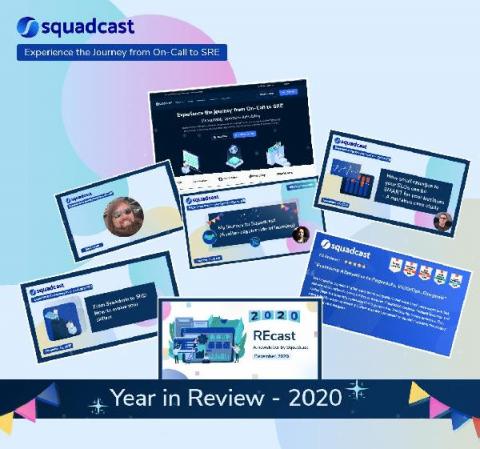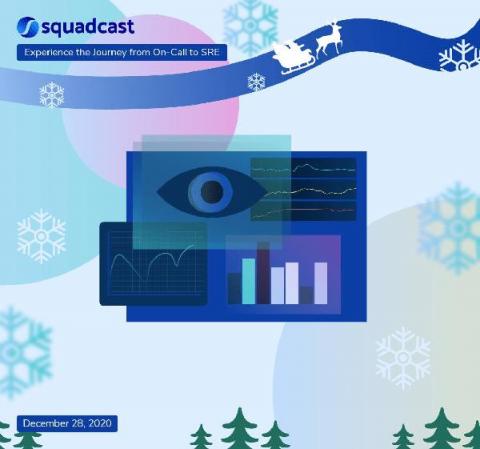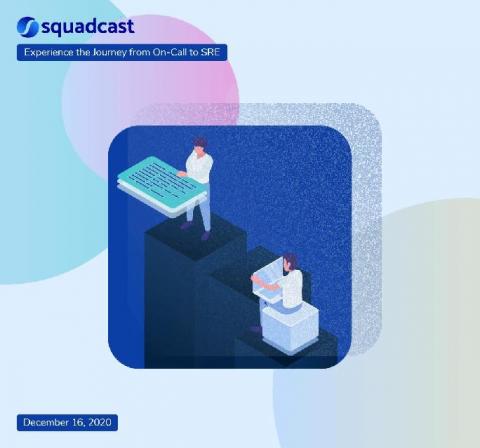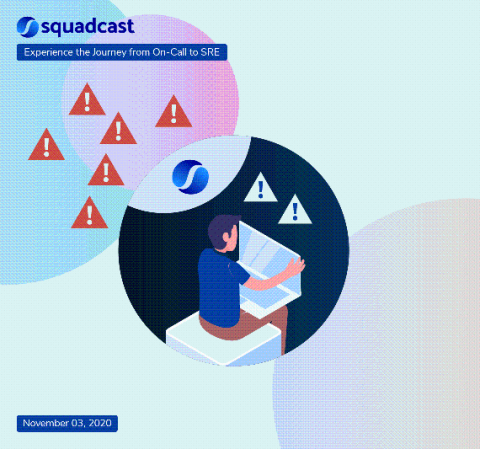Better incident management while working remotely: The Squadcast way
As the pandemic wears on, remote incident management has become the norm worldwide for businesses. Here we share some best practices that helped us to address remote incidents and make on-call less stressful. With the onset of remote work due to Covid-19, remote incident management has become the norm for businesses worldwide. Organisations that were earlier used to having war rooms now find themselves having to coordinate teams through Slack, MS Teams or other collaboration tools.



